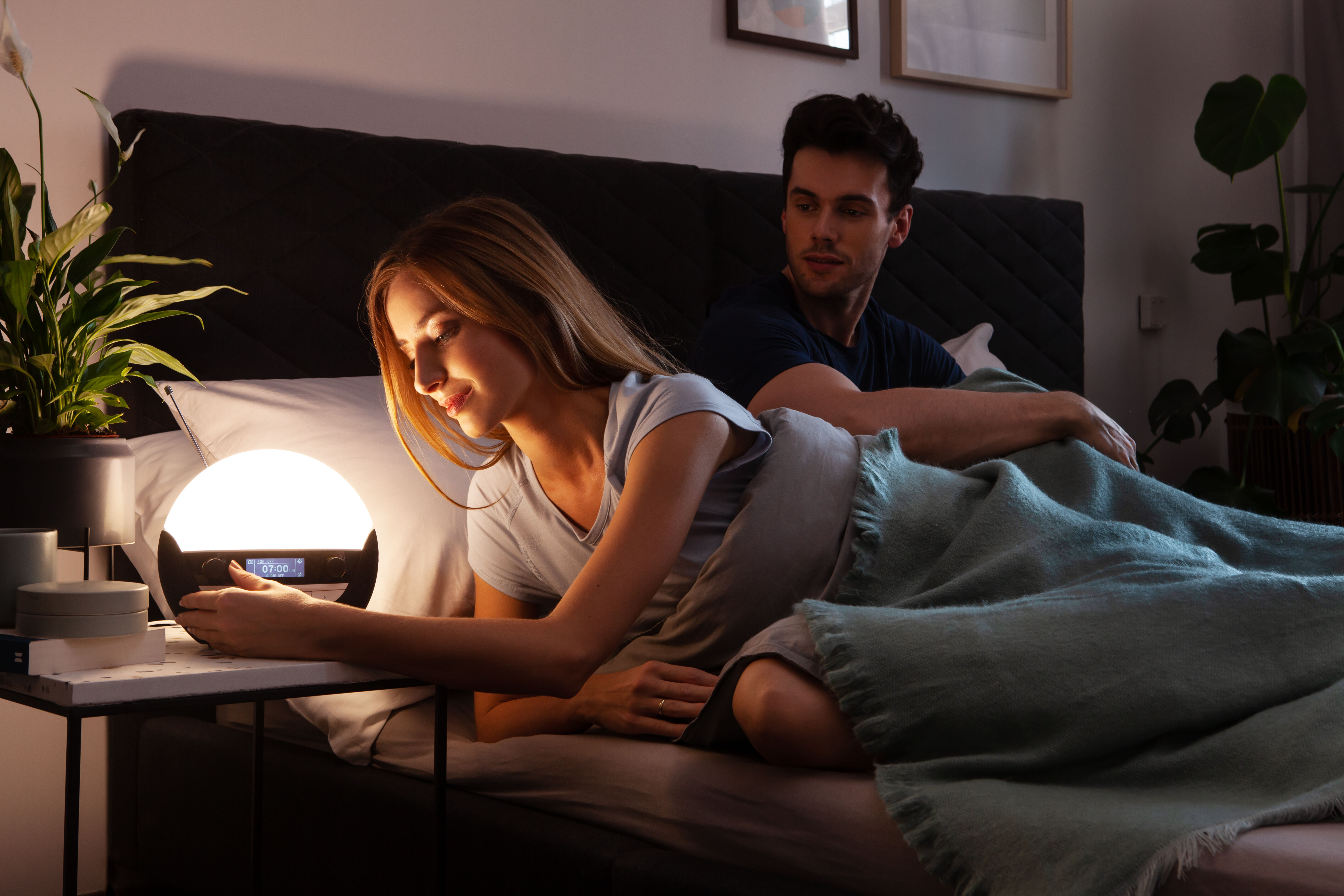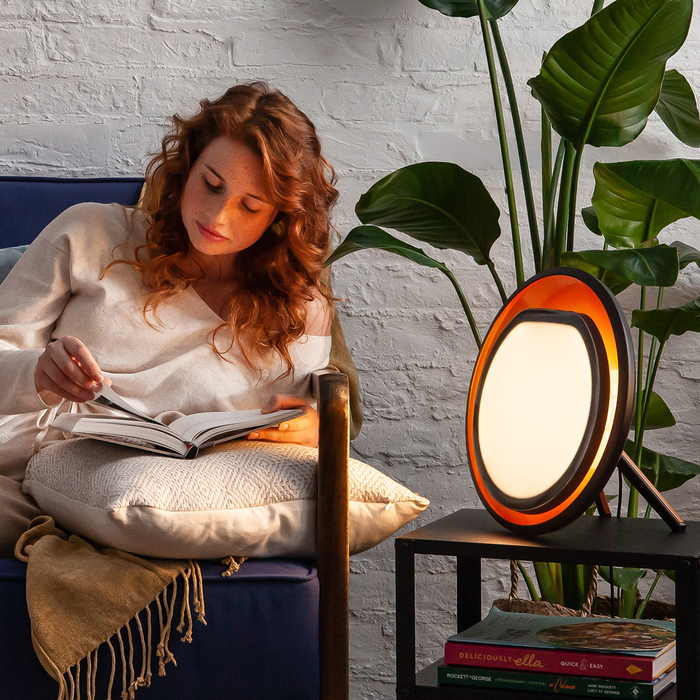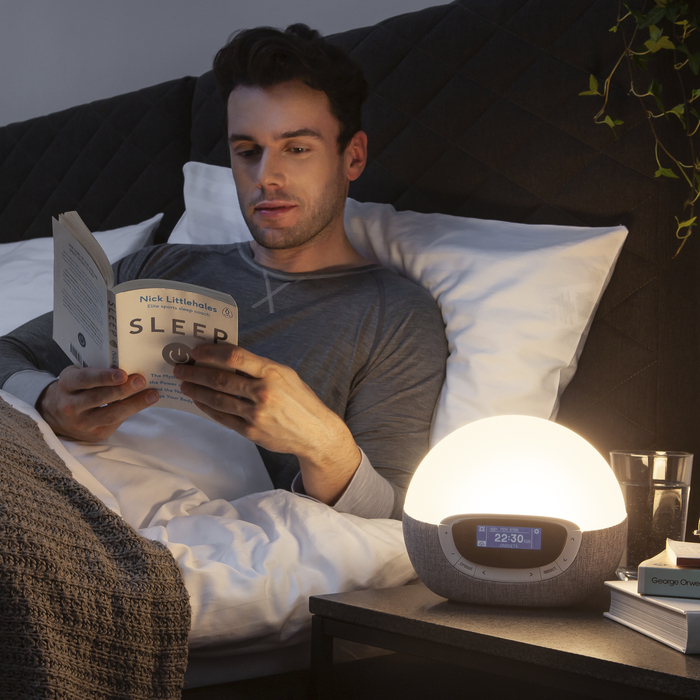How to Cope with Clock Change? Top Tips from Dr Punam Krishan

It’s that time of year again where I start seeing slow but steady rises in cases of mental health deterioration in my GP surgery. Especially as the clocks go back and we are plunged into longer, darker days, this can have a fairly negative impact on the health and well-being of many people. Awareness and insight therefore play a crucial role in helping prevent this.
There are certainly positives to the clocks going back in that it gives us all an extra hour in bed. This thought usually fills most people with joy but the downside is that it also means we wake up in darkness and the evenings get darker more quickly, limiting our much needed exposure to natural daylight.
Our physiology is more in sync with nature than we like to think. We are born with an in-built circadian rhythm which relies on daylight to function well. As the sun rises we get a subconscious and biological cue to get out and begin the day. As the sun starts to set however it signals to us that it’s time to rest and sleep. Our body responds to this by producing Melatonin, the sleepy hormone. Over the coming months, as we head into winter and with the clocks going back, our bodies have to learn to re-adjust to lesser daylight exposure. For some it’s an easy transition but for most - children through to the elderly - some work is required.
Back in the cave man era, we didn’t have external sources to disrupt our natural sleep-wake cycles. However, these days there are many factors that cause havoc and confuse the body, making several bodily functions to go off kilter. I often hear my patients complaining of insomnia, feeling tired all the time, sluggish with little energy and feelings of sadness and low mood. When we don’t get enough rest, it can go on to impact gut health, cause headaches and even immune health, making you more susceptible to catching the seasonal bugs!
• As the days get darker, light exposure is vital. Open the curtains wide around the house and sit by windows where possible during the day. I strongly encourage everyone to get outside during daylight hours which not only boosts the “feel good” hormones like serotonin, but also gives you some vitamin D exposure. Of course, everyone should be taking daily vitamin D supplements during winter months, but any natural exposure is good.
• Light therapy also helps many people as it allows you to simulate day to night effectively and therefore facilitates the circadian rhythm. For many who suffer from seasonal affective disorder, having a light therapy lamp can improve their mood.
• I cannot emphasise enough the role that exercise has on helping with adjusting to winter time changes. Any movement is good movement! If you can get even a few minutes’ worth of a sweat while getting that heart rate up, you get a surge of endorphins that helps to boost mood and facilitates good sleep.
• Limit your caffeine intake from 2pm to help the body prepare for winding down and sleeping. Anything that stimulates the mind will hinder the ability to get deep sleep later, so switch to herbal or decaf.
• Set alarms to regulate sleep and wake times. We humans thrive on routine and habits, so as the clocks go back, it’s even more important to have a sleep schedule that will continue a healthy circadian rhythm.
• We can’t live without our tech devices these days and whilst they have become the gateway to most things, we must remind ourselves that they are designed to keep us online all the time. Draw some boundaries for yourself and give yourself a daily nightly digital detox. At least an hour before bedtime, switch off devices because they play havoc with melatonin levels and the blue light emitted from screens impacts sleep quality.
As Dr Punam mentioned, light therapy has been shown to be effective in beating the winter blues and mitigating SAD symptoms. Wake-up lights like Lumie Bodyclock, that simulate a gentle sunrise during the last period of sleep, can help set your body clock so you wake up at the right time feeling refreshed and ready to get up. The light simulates the production of hormones that help us get up and go, like cortisol, while suppressing those that bring on sleep, like melatonin. Lumie’s SAD and energy lights, which emit 10,000 lux at up to 35cm distance, also help reset the body clock and provide a mood and energy boost whenever needed.







